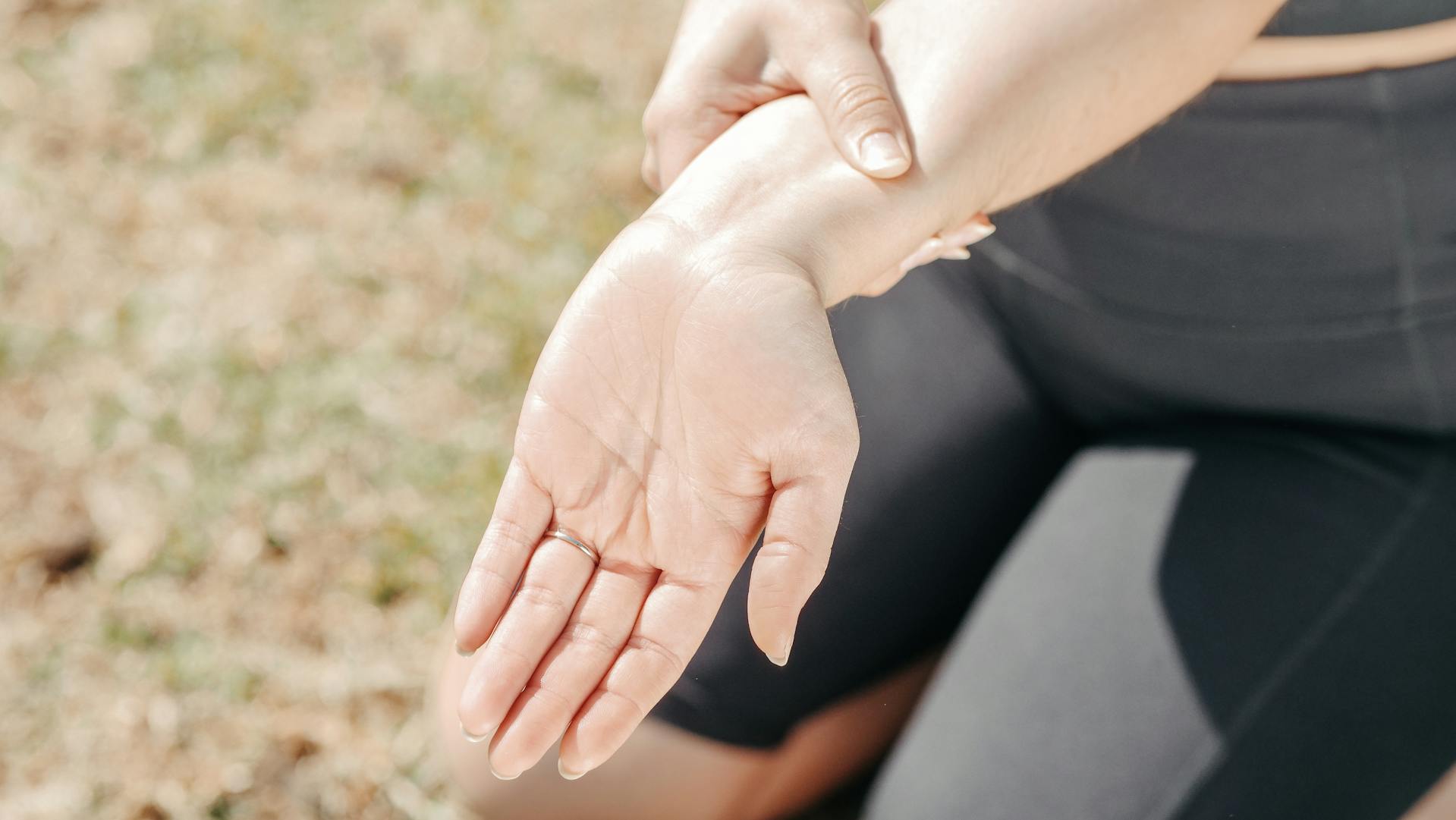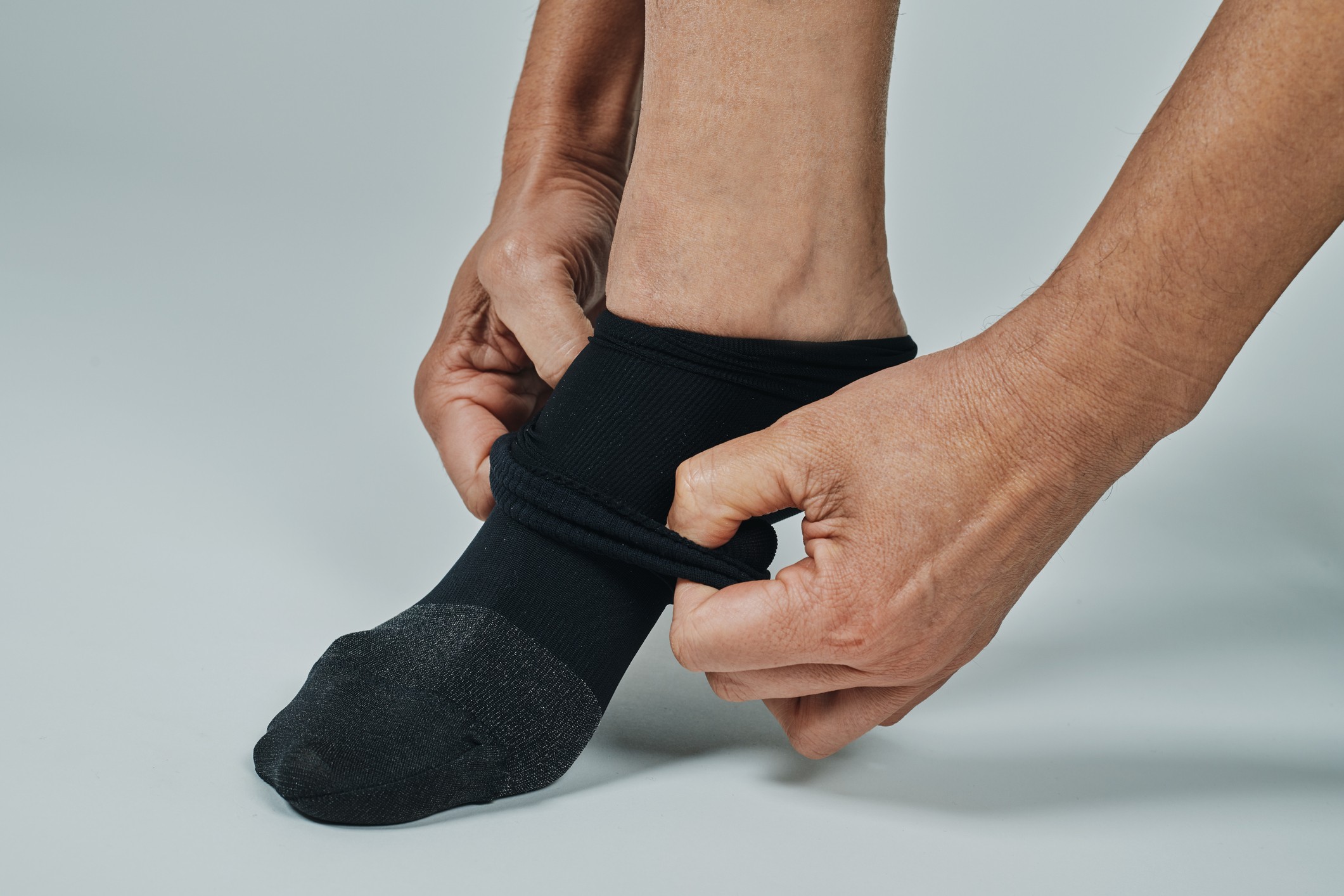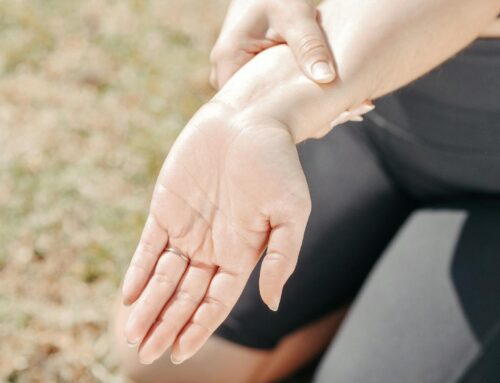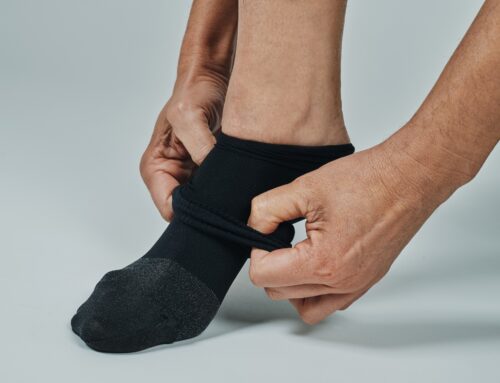Back pain is a common issue that affects millions of people worldwide, significantly impacting daily activities and overall quality of life. Back braces help with managing and alleviating this pain, providing essential support for those suffering from poor posture, injury, or chronic conditions. Whether it’s due to these factors, back pain can make even the simplest tasks challenging and uncomfortable. Finding effective ways to manage and alleviate this pain is crucial for maintaining mobility and well-being.
Back braces provide support, reduce pain, and prevent further injury. They work by stabilizing the spine, improving posture, and distributing weight more evenly across the back. This support helps to reduce muscle strain and alleviate discomfort. For individuals with chronic back pain or those recovering from surgery or injury, back braces can enhance mobility and facilitate a quicker recovery. By offering targeted support, back braces allow individuals to continue their daily activities with less pain and greater confidence.
Upper Back Braces
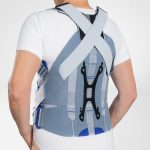
Features
- Stabilizing Design: The SofTec Dorso features a robust design that stabilizes the thoracic spine, helping to prevent excessive movement that can lead to further injury or discomfort.
- Flexible Structure: While providing firm support, the brace allows for a degree of flexibility, making it comfortable for prolonged use and various activities.
- Breathable Material: Made from high-quality, breathable materials, the SofTec Dorso ensures that the wearer remains comfortable, even during extended periods of use.
- Adjustable Fit: The brace includes adjustable straps and closures, allowing for a customized fit that enhances comfort and effectiveness.
- Lightweight Construction: Despite its robust support, the SofTec Dorso is lightweight, making it easy to wear under clothing without causing bulkiness.
Benefits for Upper Back Pain Sufferers
- Enhanced Support: Provides critical support to the upper back and thoracic spine, reducing strain on muscles and ligaments.
- Post-Surgical Aid: Ideal for individuals recovering from thoracic surgeries, offering necessary stabilization to aid in the healing process.
- Chronic Pain Relief: Helps manage and alleviate chronic upper back pain by improving posture and reducing muscle tension.
- Injury Prevention: Reduces the risk of further injury by stabilizing the upper back and limiting harmful movements.
Benefits of Upper Back Braces
Upper back braces like the SofTec Dorso provide targeted support to the affected area, alleviating pain. They stabilize the upper spine and reduce muscle strain and tension, leading to significant pain reduction. This targeted approach focuses the support where it’s needed most, offering effective relief from discomfort.
One of the key benefits of using an upper back brace is the improvement in posture. Poor posture can lead to a range of issues, including chronic pain and discomfort. Upper back braces encourage proper spinal alignment by supporting the upper spine, which helps prevent and alleviate pain associated with poor posture. This improved alignment not only reduces pain but also promotes better overall health and well-being.
By stabilizing the upper back and reducing pain, upper back braces allow individuals to move more freely and confidently. This enhanced mobility can significantly improve the overall quality of life, enabling users to participate in daily activities without discomfort. Whether it’s returning to work, engaging in physical activities, or simply enjoying everyday tasks, upper back braces can make a substantial difference in one’s ability to lead an active and pain-free life.
Mid-Spine Back Braces

Features
- Immobilization Technology: The Spinova Immo Plus features advanced immobilization technology that stabilizes the mid-spine, reducing movement and allowing for effective healing and pain relief.
- Modular Design: This brace has a modular design, which allows for adjustable levels of support and stabilization, catering to the specific needs of the wearer.
- Breathable Materials: Made from breathable, skin-friendly materials, the Spinova Immo Plus ensures comfort even during extended periods of wear.
- Adjustable Straps: Equipped with adjustable straps and closures, the brace can be customized to fit the wearer’s body perfectly, enhancing both comfort and support.
- Lightweight Construction: Despite its robust support capabilities, the brace is lightweight and discreet, allowing it to be worn comfortably under clothing.
Benefits for Mid-Spine Support
- Enhanced Stability: The Spinova Immo Plus provides exceptional stabilization for the mid-spine, preventing excessive movement that can lead to further injury or discomfort.
- Support During Recovery: This brace is ideal for individuals recovering from mid-spine surgeries or injuries, offering the necessary support to aid in the healing process.
- Pain Reduction: By immobilizing the mid-spine and reducing strain on muscles and ligaments, the Spinova Immo Plus helps alleviate chronic pain associated with mid-spine issues.
Benefits of Mid-Spine Back Braces
Mid-spine braces like the Spinova Immo Plus provide crucial stabilization, helping to maintain proper spinal alignment and prevent harmful movements. This support is essential for individuals recovering from injuries or surgeries. By keeping the spine properly aligned, these braces reduce the risk of further injury and help the healing process.
These braces facilitate a quicker and more effective recovery process by immobilizing the mid-spine and reducing strain. The support they provide minimizes the risk of additional injury, allowing the spine to heal properly. This immobilization is particularly beneficial for those recovering from surgeries or significant spinal injuries, as it ensures the spine remains stable during the critical recovery period.
Mid-spine braces are also highly effective in managing pain. By providing targeted support and reducing muscle tension, these braces help alleviate chronic pain and discomfort. This targeted pain management allows individuals to maintain a higher quality of life and continue with their daily activities with less discomfort. The ability to manage pain effectively is crucial for those with chronic conditions, enabling them to lead more active and comfortable lives.
Lower Lumbar Braces
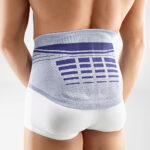
Features
- Sturdy Construction: The LumboLoc features a sturdy construction that offers firm support to the lower back, helping to stabilize the spine and reduce strain on muscles and ligaments.
- Anatomical Design: Its anatomical design ensures a perfect fit, contouring to the natural shape of the lower back for maximum comfort and effectiveness.
- Breathable Fabric: Made from breathable, skin-friendly materials, the LumboLoc ensures that the wearer remains comfortable even during prolonged use.
- Adjustable Straps: The brace includes adjustable straps that allow for a customized fit, enhancing both support and comfort.
- Lightweight and Discreet: Despite its robust support, the LumboLoc is lightweight and can be worn discreetly under clothing, making it suitable for daily use.
Benefits for Lower Lumbar Support
- Enhanced Stability: The LumboLoc provides crucial stabilization for the lower back, preventing harmful movements that can exacerbate pain or lead to further injury.
- Pain Relief: By reducing strain on muscles and ligaments, the LumboLoc helps alleviate chronic lower back pain, allowing for greater comfort and mobility.
- Improved Posture: The LumboLoc encourages proper spinal alignment, which can help improve posture and reduce pain associated with poor posture.
- Support During Recovery: The brace is particularly beneficial for individuals recovering from lower back surgeries or injuries, offering the necessary support to aid in the healing process.
- Enhanced Mobility: By providing firm support and pain relief, the LumboLoc enables individuals to move more freely and confidently, improving their overall quality of life
Benefits for Lower Back Pain Sufferers
The LumboLoc provides crucial stabilization for the lower back, preventing harmful movements that can exacerbate pain or lead to further injury. By offering firm support, this brace helps maintain proper spinal alignment, which is essential for reducing the risk of additional strain or damage to the lower back muscles and ligaments. This stabilization is particularly beneficial for individuals who experience chronic lower back pain, as it helps manage and mitigate daily discomfort.
Pain relief is another significant benefit of using the LumboLoc. By reducing strain on muscles and ligaments, the brace alleviates chronic lower back pain, allowing for greater comfort and mobility. This relief is essential for those who struggle with persistent pain, as it enables them to engage in daily activities with less discomfort and more confidence. The LumboLoc’s design ensures that support is evenly distributed, which helps reduce localized pain and promotes overall spinal health.
Improved posture is also a key advantage of using the LumboLoc. The brace encourages proper spinal alignment, which can help improve posture and reduce pain associated with poor posture. By supporting the natural curve of the spine, the LumboLoc helps individuals maintain a healthier posture, which can prevent future back problems and improve overall well-being. This improvement in posture not only alleviates pain but also contributes to a better quality of life, as individuals can move more freely and comfortably.
Sacrum Back Braces

Features
- Targeted Support: The SacroLoc is designed to provide focused support to the sacroiliac joint, helping to stabilize this critical area and reduce pain.
- Adjustable Compression: The brace features adjustable straps that allow for customizable compression, ensuring a perfect fit and optimal support.
- Breathable Materials: Made from breathable, skin-friendly materials, the SacroLoc ensures comfort even during extended use.
- Anatomical Design: Its anatomical shape ensures that the brace fits snugly around the pelvis and lower back, providing effective stabilization without restricting movement.
- Lightweight Construction: Despite its robust support capabilities, the SacroLoc is lightweight and discreet, making it easy to wear under clothing.
Benefits of Sacrum Back Braces
- Targeted Pain Relief: Sacrum back braces like the SacroLoc are designed to provide targeted pain relief by stabilizing the SI joint and reducing strain on surrounding muscles and ligaments. This targeted approach helps to effectively manage and alleviate pain.
- Enhanced Mobility: By stabilizing the sacroiliac joint and reducing pain, these braces allow individuals to move more freely and comfortably. Enhanced mobility can improve overall quality of life, enabling users to participate in daily activities without discomfort.
- Stabilization: Sacrum back braces provide crucial stabilization for the sacroiliac joint, preventing harmful movements that can exacerbate pain or lead to further injury. This stabilization is essential for individuals with SI joint dysfunction or lower back issues, as it helps to maintain proper alignment and support during activities.
Benefits for Sacroiliac Joint Pain
The SacroLoc provides essential stabilization for the sacroiliac joint, preventing excessive movement that can lead to pain and discomfort. This stabilization is crucial for maintaining proper alignment and reducing the strain on the SI joint, which can significantly improve the overall condition of those suffering from SI joint dysfunction. By keeping the joint stable, the SacroLoc helps mitigate the risk of further injury and promotes a more secure and comfortable experience for the wearer.
Pain relief is another key benefit of the SacroLoc. By offering targeted support to the sacroiliac joint, the brace helps alleviate pain associated with SI joint dysfunction and lower back issues. The specific design of the SacroLoc ensures that support is concentrated where it is most needed, reducing inflammation and discomfort. This targeted approach not only addresses the symptoms but also helps manage the underlying causes of the pain, providing a more comprehensive solution for SI joint pain sufferers.
The adjustable compression feature of the SacroLoc allows users to tailor the brace to their specific needs, ensuring maximum comfort and effectiveness. This customized fit is essential for providing the right level of support without compromising comfort. The ability to adjust the compression means that users can find the perfect balance between stability and flexibility, making the brace suitable for a wide range of activities and conditions. This adaptability ensures that the SacroLoc remains effective and comfortable throughout the day, enhancing its overall utility and user satisfaction
Relief and Support with the Right Back Brace
Back braces help manage and relieve various types of back pain, from upper and mid-spine discomfort to lower lumbar and sacroiliac joint issues. These braces provide essential stabilization, improve posture, and offer targeted pain relief, enabling individuals to maintain mobility and engage in daily activities with greater ease. Whether dealing with chronic pain, recovering from surgery, or preventing further injury, back braces like LumboLoc, LumboTrain, SacroLoc, SofTec Dorso, and Spinova Immo Plus offer customized support tailored to your specific needs.
Share This Story, Choose Your Platform!
Table of Contents
We specialize in orthotics, body braces, and compression wear tailored to your unique needs in Toronto. Reach out to us at info@caremed.care or call 416-782-5353 to book your fitting and consultation.
Experience the difference of customized solutions designed just for you.



